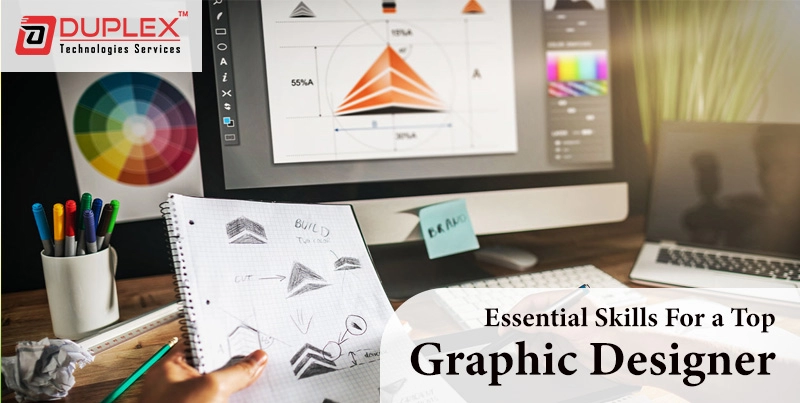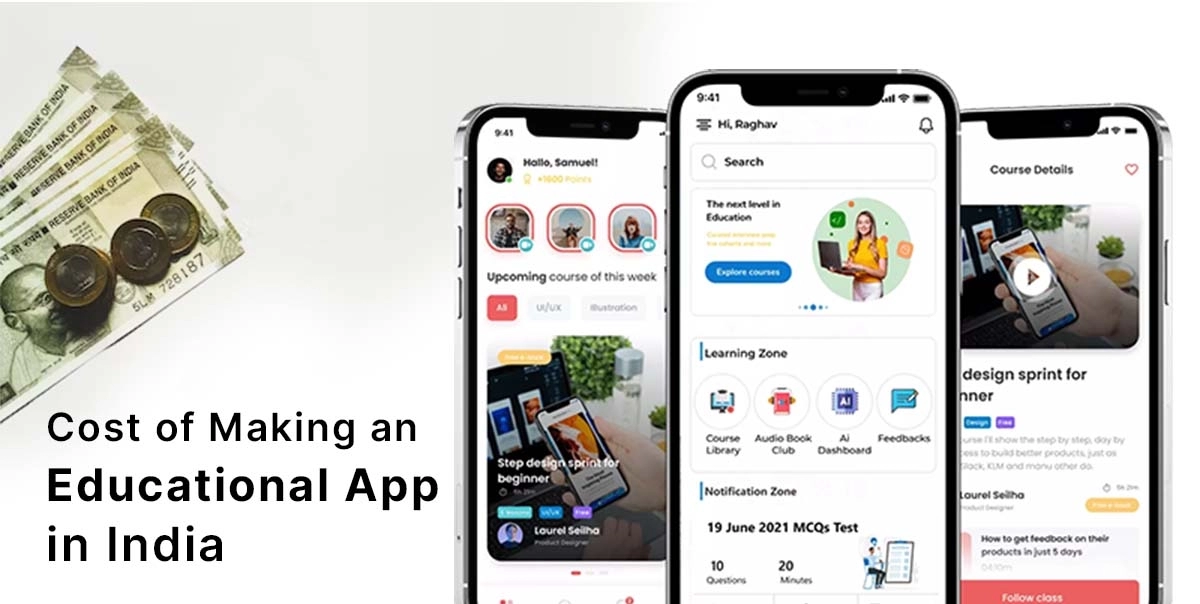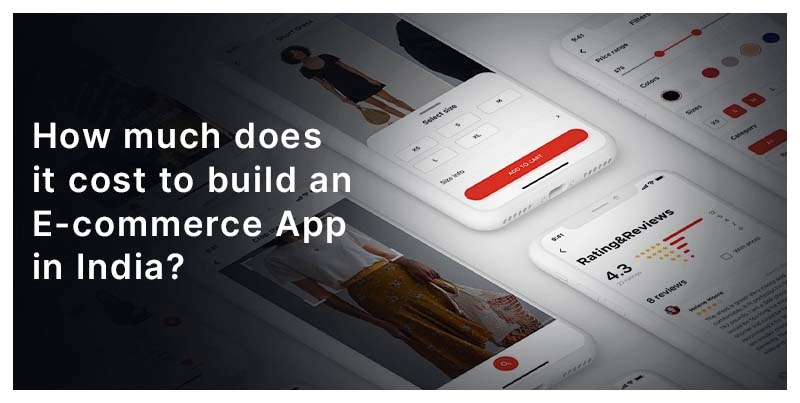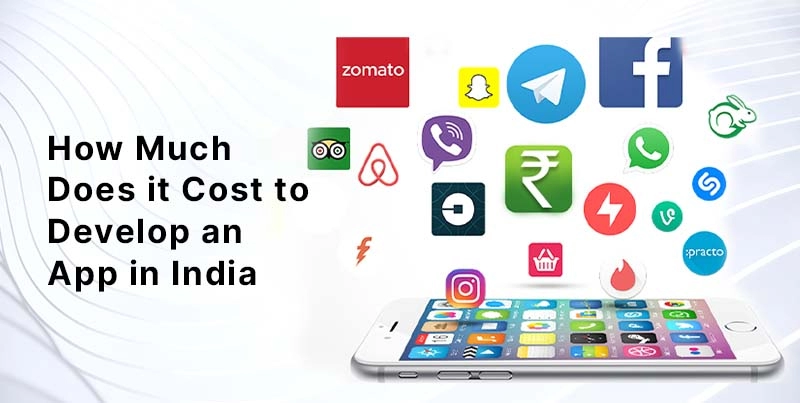Essential Graphic Designer Skills and Key Qualities of a Skilled Graphic Designer

Posted By : Adarsh Mishra, Posted Date : Aug 10, 2024
Introduction to Graphic Designer Skills
Graphic design has played a role that is central to how brands can communicate their message and values in this visually driven world. Creating compelling web designs, advertisements, and forming consistent brand identities—this is what the work of an average graphic designer relates to. What can make then a graphic designer outstanding amidst their peers in such a competitive environment? Accomplishment can only be received from such a dynamic industry if it is combined with knowledge of critical skills and qualities that denote a top graphic designer.
There are somewhat well-defined key competencies and qualities indispensable for success within the world of graphic design, which we would outline. We will go on to discuss the technical skills that have to be developed as a designer and the personal attributes that can allow a good designer to stand out from the rest and how all these dimensions relate to creating work that really makes a difference. After reading through this manual, you would be well prepared to know how to be graphically successful and, more specifically, how to be successful as a graphic artist in a cutting-edge, industry-leading technology company like Duplex Technologies.
Table of Contents
Key Skills Every Graphic Designer Should Possess
Design Software Knowledge
Any graphic designer would be familiar with how to use the normal design software that has been tailored for use within the industry. Products like Adobe Creative Suite, which includes Photoshop, Illustrator, and InDesign, are at the core of any digital design. This goes for everything from highly detailed illustrations to highly complex page layouts done in these programs, making them an essential tool in a graphic design toolkit.
Beyond Adobe's suite, there came other new tools like Figma and Sketch, which became more important, specifically for their collaborative features. The modern designer often is a team player who shares and iterates on his work in real-time. Not only does a mastery of the tools enable a designer to come out with quality work, but it also brings in an element of efficiency that is critical to hit tight deadlines.
Strong Understanding of Typography
Typography is not just about picking a font, but how the type transmits feeling, expresses brand identity, and creates readability. Any designer who strives to communicate properly in his work needs in-depth knowledge of typography. It is correctly chosen typeface, well-applied font size, and wisely chosen spacing that make or break a design.
Effective typography requires sensitivity to the psychological effects of the fonts and technical knowledge of their execution in a balanced, beautiful setting of text. Good designers know how to play with the typography so that it reinforces the meaning of their design and delivers proper messages for an audience.
Color Theory and Application
Color is just one of the most influential devices within a designer's kit. It can incite emotion, convey meaning, and offer an element of visual beauty. To create designs for clients that are not only beautiful but identity-specific, it is necessary to truly understand the depth of color theory.
The designer should be in a position to come up with color schemes that complement one another and are appropriate for intended uses. This can be anything from logo design for a brand, developing a marketing campaign, or even creating an interface for the website; it might bring great effect into the design if effectively used. A good designer knows the meaning across cultures and contexts, ensuring their work uses colours appropriate within these markets.
Creative Thinking and Problem-Solving
Every great design is based on some creative solution to solve a problem in the first place. Be it making a memorable logo or designing an intuitive user interface, one needs to think creatively. This ability makes it possible for designers to go beyond conventional design practice and come up with unique and innovative solutions that meet the client's needs.
Problem-solving is interwoven with creativity. This will include breaking down what the client has in mind, understanding the audience, and then going to an equally meticulous process of using the design elements at one's disposal to communicate a given message effectively. Not just making a good art design; a great graphic designer creates effective design that solves human problems.
Layout and Composition
The elements can be manipulated to create a massive effect in a design. Layout and composition are important in channeling the viewer's eye around and creating visual hierarchy for easy movement around a page and comprehension of the same. A good design should entail the following: balance, alignment, and focus—a point that draws attention.
Skilled designers apply principles of layout and composition to functional designs with aesthetic appeal. A good designer knows how to engage space, contrast, and alignment to create a visual flow that improves user experience.
Top Qualities Every Professional Graphic Designer Needs to Possess
Attention to Detail
In graphic design, sometimes the smallest details make all the difference. It could be in the form of letter spacing or, for that matter, the element alignment on the page. Attention to detail is the key to polished and professional designs in this field. Those designers who pay close attention to detail are able to produce work that not only looks good but is also correct and free from any errors.
This is particularly important in branding projects, where consistency within the material should be maintained. An attention-to-detail attitude gives assurance that the identity of the brand is strongly and clearly conveyed in the design.
Communication Skills
A good design project needs good communication at the core. This should mean that a good graphic designer needs to communicate ideas not only with clients but also with members within his team. This takes in the ability to explain design choices and understand feedback from clients, along with collaboration.
Good communication also means listening. A designer has to be in a position to hear what the client has envisioned and then interpret that vision into a design that will suit their needs. With open and clear communication during the design process, designers are better placed to ensure that the end product will meet the client's expectations.
flexibility and Readiness to Learn
The field of graphic design is constantly changing, and new trends, tools, and technologies are continuously developing. Any good designer is one who is flexible and open to learning at any time, be it becoming proficient in a new design software or just keeping current with evolving design trends—a willingness to improve in all respects.
This adaptability also includes the ability to receive feedback and act on it, whether from the clients or changes in project requirements. Only those designers who can adapt to new situations and are ready to learn will succeed in this profession.
Time Management and Organization
The time management and organizational skills for a graphic designer are very critical because quite often there is more than one task in hand. Level-headedness in tilling through tasks, observing deadlines, and being organized guarantee that projects are complete on time and handed over to a high standard.
Effective time management involves setting realistic targets, breaking them down into manageable bits, and finally focusing on the job at hand. More organized designers are better poised to cope with eventualities such as last-minute changes or tight deadlines without affecting the quality of work output.
Collaboration and Teamwork
Although most of the work in graphic design is often individually done, many other tasks cannot be carried out without teamwork, particularly on big projects. The ability to work well with others is highly required while collaborating with other designers, copywriters, or even clients.
A good designer appreciates the essence of collaboration in delivering consistent, solid design solutions. A designer understands how to work with people in a team and how to communicate with others by contributing toward a vision. This, obviously, is very relevant in an organization like Duplex Technologies that has the concept of teamwork and collaboration at its core toward successful project delivery.
Skilled Graphic Designer at Duplex Technologies
In the work environment, at Duplex Technologies, the role of a graphic designer will not just stop at pleasing the eye. Rather, such abilities and qualities find employment in the delivery of projects designed according to the new approach of innovation and high standard set by the company.
In the case of Duplex Technologies, designers should be able to apply their technical know-how about design software, typography, color theory, and layout in coming up with solutions that best meet the unique needs of each client. This calls for creativity and solution-seeking mindsets so as to develop designs that not only look good but also function effectively within the real world.
It is attention to detail, strong communications, and flexibility in meeting changing requirements that define the successful graphic designer at Duplex Technologies. These features guarantee a smooth, collaborative design process that assures an end product that will not only meet but exceed the expectations of the client.
For example, one of the latest projects for Duplex Technologies was to create a brand identity for a new tech startup. Only through deep understanding of color theory and typography, plus creative problem-solving skills, was it possible to bring out a cohesive brand identity that clearly states the innovative spirit and market position of the startup.
How to Cultivate and Enhance Graphic Design Skills
Continuous Learning and Professional Development
With rapidly changing fields of study and work like graphic design, continuous learning is necessary. A designer shall constantly squeeze in time to seek knowledge and skill-building activities in a formal course, workshop, or even self-study. Staying abreast of new design trends and with the latest tools of the trade keeps a designer's competitive edge and enables them to provide clients the best solution for their needs.
Building a Good Portfolio
A portfolio is a graphic designer's best tool for demonstrating their abilities and gaining new clients or job prospects. A designer should therefore work to create a portfolio that can be used to express one's skill set in everything from typography and color theory to layout and creative problem-solving. Designers should include case studies or examples of successful projects so that the potential client or employer understands the process followed by the designer to get to the end result.
Seeking Feedback and Mentorship
Constructive feedback allows one to pick up and upgrade their design skills. The designers should interact with other designers, mentors, clients, exchange opinions and feedback to progress in their job. Also, mentorship—formal or informal—may have very critical guidance and hold-up people through the challenges in their career.
Networking and Community Engagement
The design community also serves as an excellent channel for motivation, learning new skills, and spotting collaboration opportunities. Designers should make sure to attend industry events and join online communities in order to connect with other designers and start building a network of peers and mentors that will allow for greater exposure in having new projects and collaboration, and even career growth.
The Bottom Line
This means a professional who will be able to succeed as a top graphic designer has to possess technical skills and creative thinking, and personal qualities such as attention to detail and strong communication. For those working at Duplex Technologies, therefore, these skills and attributes will form the basis for coming up with quality designs that meet the diversified needs of clients.
The successful designers in this highly competitive field of graphic design are those who master not only design software, typography, color theory, and layout but also cultivate such qualities as adaptability, time management, and collaboration. Other very important strategies toward continuous professional development include continuous learning, building a strong portfolio, and engaging with the design community.
Those who remain committed to the process of perfecting their craft and embrace the challenges presented before them will be the ones regarded as real professionals in this field.















